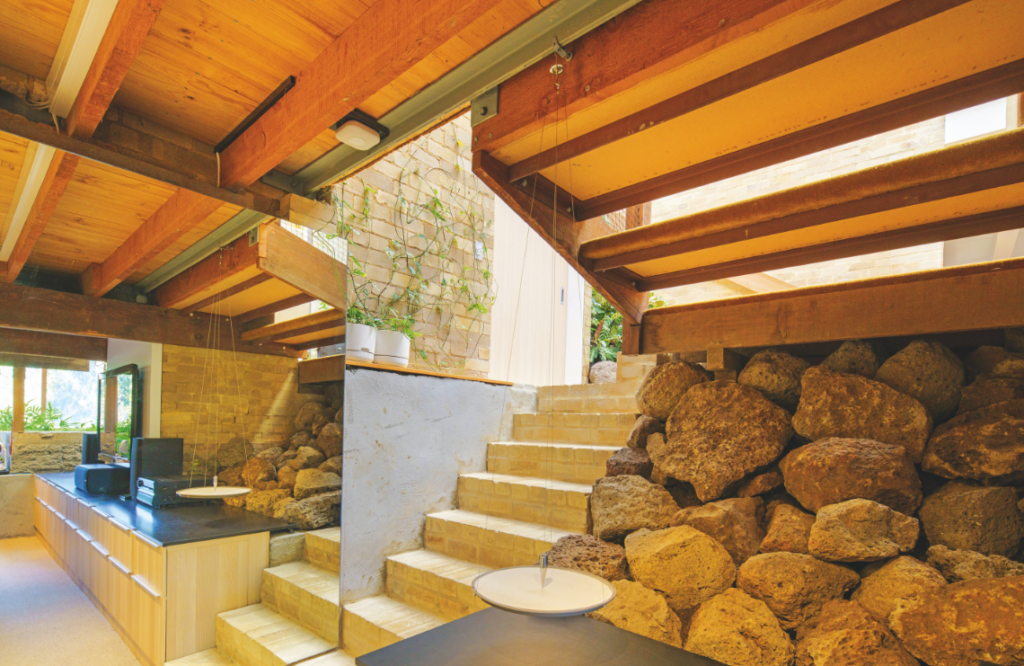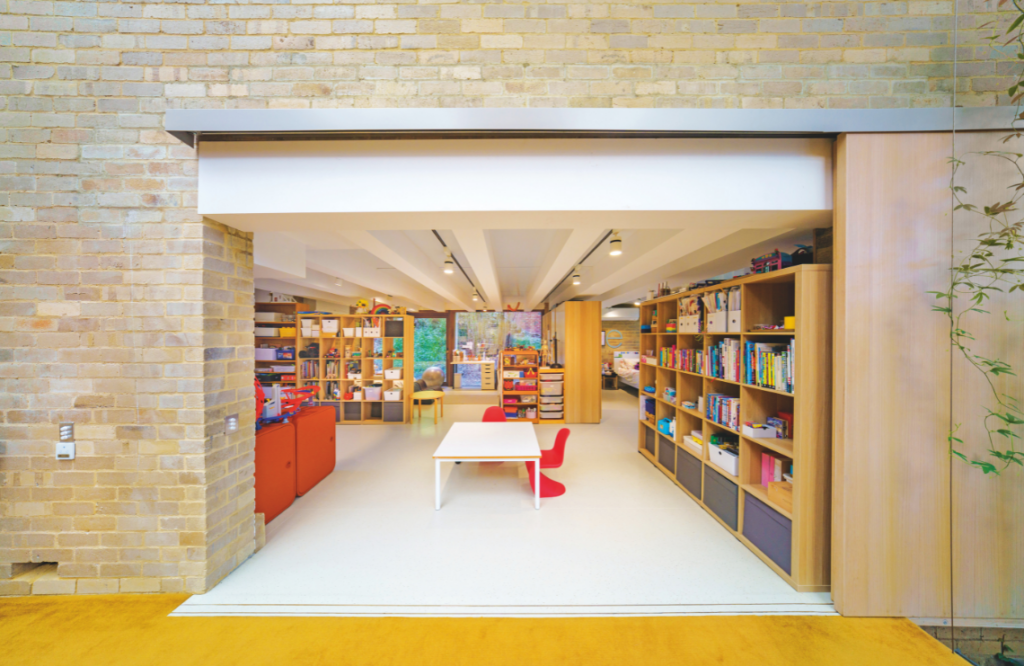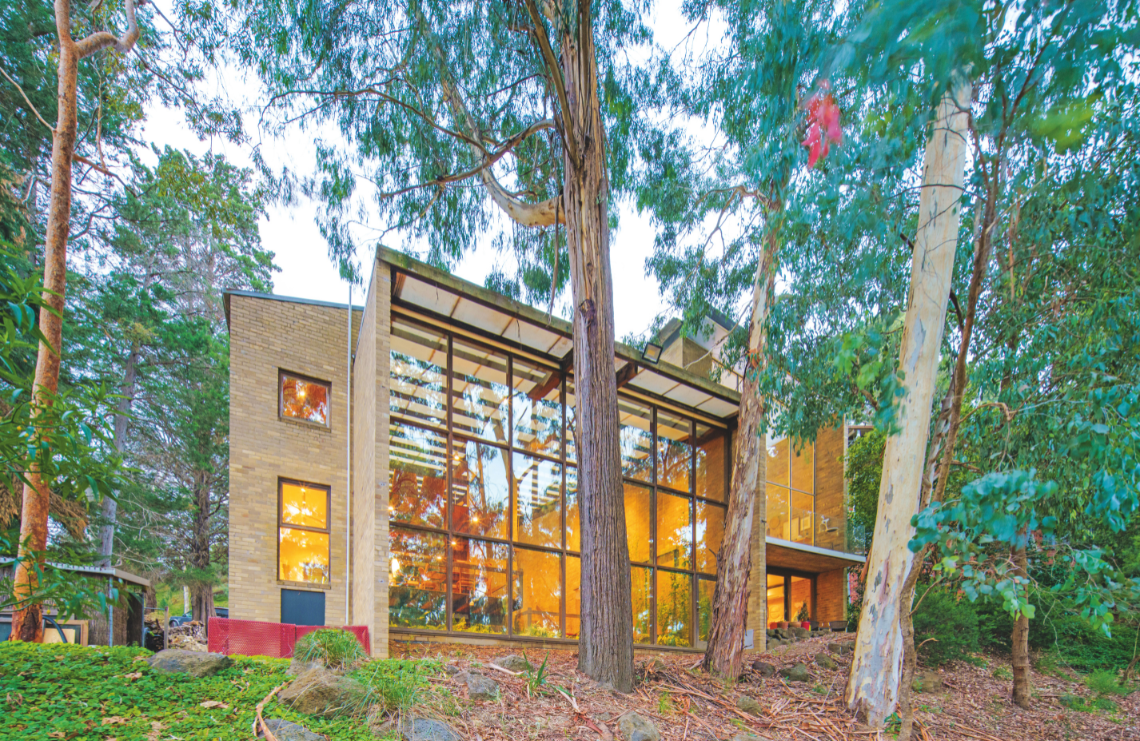A Respectful Evolution of an Icon
Not often does the sequel outdo the original. There are exceptions, of course — think perhaps of The Godfather Part II or Kylie’s version of “The Loco-Motion”. When making changes to architectural masterpieces, you have to be extremely careful and respectful. I recently visited the iconic Featherston House in Melbourne, completed in 1969 by modernist “Don” Robin Boyd. Grant and Mary Featherston originally commissioned the design, which has now been updated with the addition of a companion granny flat. Mary, along with her son Julian and his wife Vicky, designed the new work. They continue to live there with their children, Elka and Otto.
During my visit, I was keen to ask Mary about working with Robin Boyd and how on earth they all agreed on such a radical design for the times.
“We knew Robin and asked him for a building that was to be a home and a workplace where Grant and I could raise a family and carry out our industrial design practice,” Mary explained.

Challenges and Triumphs of Boyd’s Design
What they got was a voluminous, open-plan space. It featured Boyd’s signature brown brickwork and an experimental translucent roof. There were very few internal walls. This was like living in a domestic warehouse before that idea became trendy. Boyd’s design included split levels branching from a central chimney. It also featured internal gardens and a wall of windows.
When I spoke to her, Mary was stitching fabrics together on the middle level. Her eyes were as clear as the architectural vision she still inhabits.
“There was a stand-off over not having any windows on the northern side. My husband wanted them, but Robin argued that the strength of the concept involved focusing the space on the view to the south, and this would be weakened if there was light coming in from the north.”
Standing in the internal garden, you’re surrounded by a fishpond against the window-wall and the bush outside. It feels like being in an architectural Eden. As you ascend the levels, you eventually reach the translucent roof. Mary says it was a disaster when it was first built.

From Disasters to Innovation: The Translucent Roof
“Robin was ever an experimentalist, which inevitably involves some failure, and our roof has certainly been an ongoing challenge, not to say nightmare,” Mary said. “The translucency of the roof was central to Robin’s concept for the house, but he did not know how to achieve it and condensation would literally fall on our heads.”
As designers, the Featherstons understood Boyd’s grand concepts, which involved risks they took and accepted. A generation later, they replaced the original fiberglass roof with translucent polycarbonate. The roof stayed watertight on the rainy day we visited.
One of my favourite spaces is a recent change. The main sleeping area moved from the top platform to the ground level. It’s now embedded in the internal garden under the living platform. You sleep surrounded by greenery, insulated by the earth itself. This adjustment enhances the original design.

Merging Old and New: A Thoughtful Transformation
The granny flat addition takes Boyd’s principles and blends them with contemporary materials. It’s a modern-day cover of a classic. My eye was caught by the stunning glass staircase that consists of two layers of 12mm toughened glass, custom designed and built.
Boyd had a preference for Japanese design and incorporated natural air conditioning. However, the Featherstons found over time that they needed a new solution to temperature control, so they started their own company, HAL Systems, which offers an intelligent, automated climate control system.
Living with Nature and Architecture
For Mary, who has lived in the house for more than 50 years, the recent changes are a sensitive merging of old and new.
“The great sadness of the project is that neither Robin nor Grant will see it — I would give anything to show them,” she said. “I know that Grant would be absolutely thrilled with it and I believe Robin would be, too.”
Then Mary said something that really resonated with me: “I’m a lot healthier and happier than a lot of people my age and I think it’s because I’ve always been surrounded by nature, great design and architecture.”

